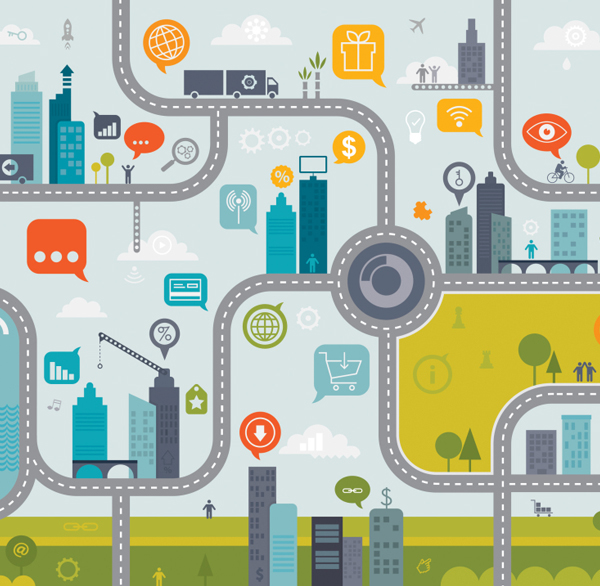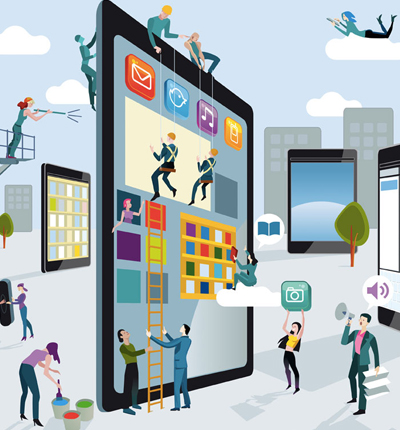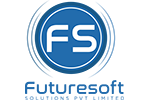Internet of Things (IoT)
Make the Internet-of-Things Real Today.
The Internet of Things (IoT) has been in the spotlight for the past decade and regarded as one of the most disruptive technologies of this century, and so far, has caught the attention of society, industry and academy as a way of technologically enhancing day to day activities, the creation of new business models, products and services, and as a broad source of research topics and ideas.
Slowly but surely, “things” all around us are transcending their old physical-object-status by becoming smart and connected. They are joining the so-called Internet of Things as a result. The Internet of Things is inevitable.
Already, we are connecting countless devices to the web, from televisions to kitchen appliances to motor vehicles.
Not only the devices or smartphones but also the objects that are used in daily life are being connected to the internet.
Even a Gartner report stated that nearly 6.4 billion connected objects are in use currently that is a 30% rise from the previous year. In turn, that number is expected to further explode by 2020, where the IoT market will include 20.8 billion things.
Many technologies enable IoT app development namely RFID which helps to control and track products, GPS obtains real time information on routes by using various tags for example RFID Cable ties, Pipe tags, Paper tags and so on. RFID technology makes it possible to transmit information to goods without contact and line of sight.
The Internet of Things (IoT) is beginning to have a profound effect on businesses and business models. From government, to utilities, to transport and logistics, IoT is changing industries. With IoT, we aim to intelligently connect devices and systems to leverage data gathered by embedded sensors and actuators in machines and other physical objects. This convergence will unleash a new dimension of services that will improve the productivity of enterprises.
Latest Read
Internet of Things Inc sets up Blockchain of Things
The Internet of Things and Blockchain are set to converge and transform business operations and processes. It is anticipated that BlockChain will be the catalyst to the explosive adoption of both consumer and industrial IoT products and services. As such, the formation of Blockchain of Things positions Internet of Things Inc. to be at the front of this technological wave.
Blockchain of Things Inc. is actively pursuing several strategic initiatives and acquisitions where Blockchain and IoT come together using smart contracts to streamline various operational/manufacturing activities.

Use Cases

Smart Cities Applications:
Cities around the world have been the locus of innovation in the use of the Internet of Things. Through “smart city” initiatives and entrepreneurship, cities are experimenting with IoT applications to improve services, relieve traffic congestion, conserve water and energy, and improve quality of life. Large, concentrated populations and complex infrastructure make cities a target-rich environment for IoT applications.
In addition, cities have the most to gain: they are engines of global economic growth, and with urbanization in developing economies, 60 percent of the world’s population—about 4.7 billion people—will live in cities in 2025.
Retail Environments:
Retail environments have undergone significant change over the past two decades due to the introduction of information technologies, including the rise of online shopping.
The Internet of Things, can guide the shopper to the item she has been looking at online when she enters the store and text her a personalized coupon to make the purchase in-store that day.
IoT technology can also provide data to optimize store layouts, enable fully automated checkout, and fine-tune inventory management.
It is estimated that these uses of IoT could have an economic impact of $410 billion to $1.2 trillion per year in 2025.


Enabling Fleet Tracking:
Ericsson predicts that by 2020, human population will grow to 7.6 billion, with almost 50 billion devices connected to the Internet.
Not only the devices or smartphones but also the objects that are used in daily life are being connected to the internet. Even a Gartner report stated that nearly 6.4 billion connected objects are in use currently that is a 30% rise from the previous year. In turn, that number is expected to further explode by 2020, where the IoT market will include 20.8 billion things.
